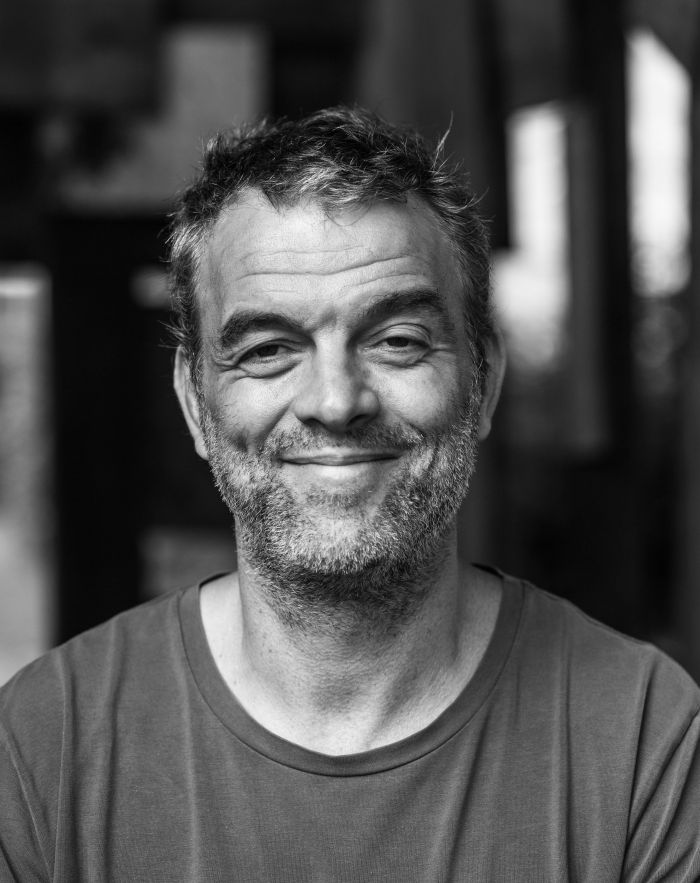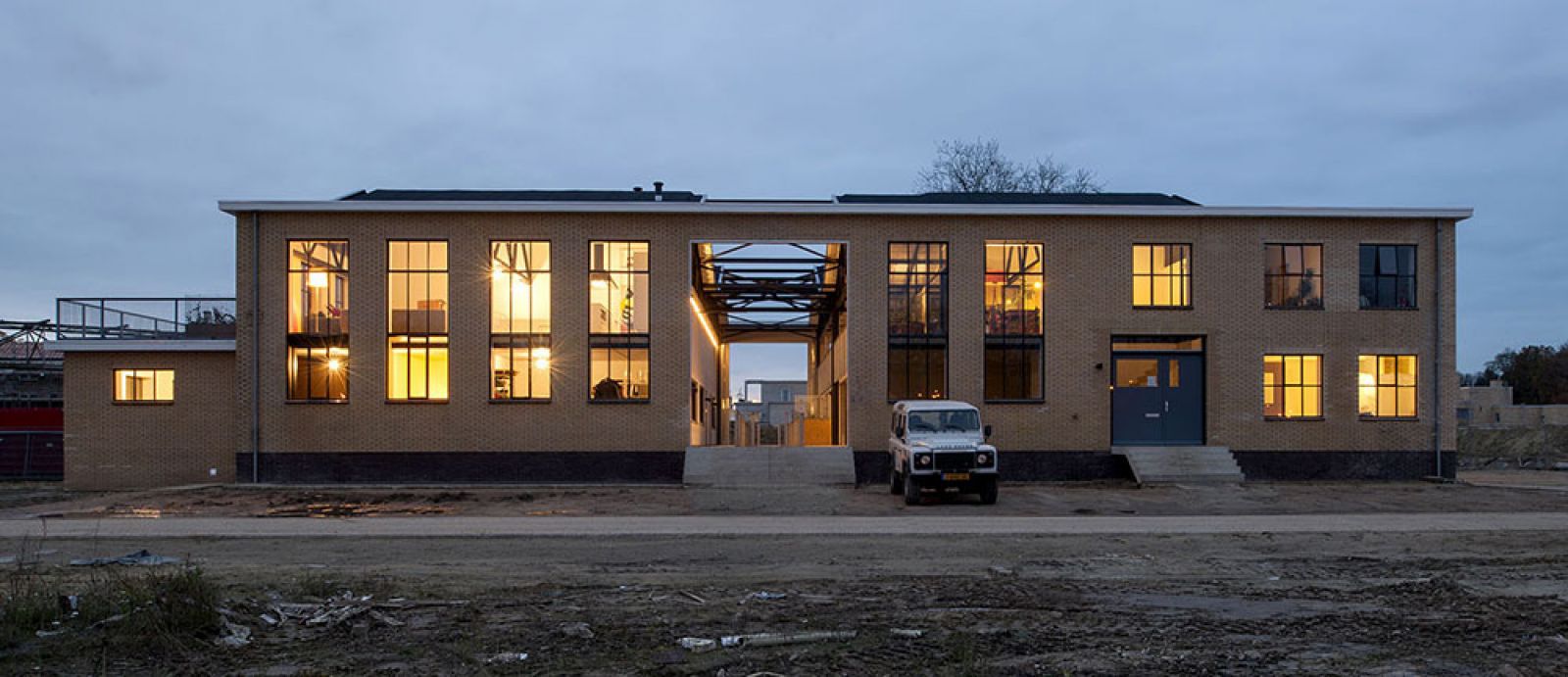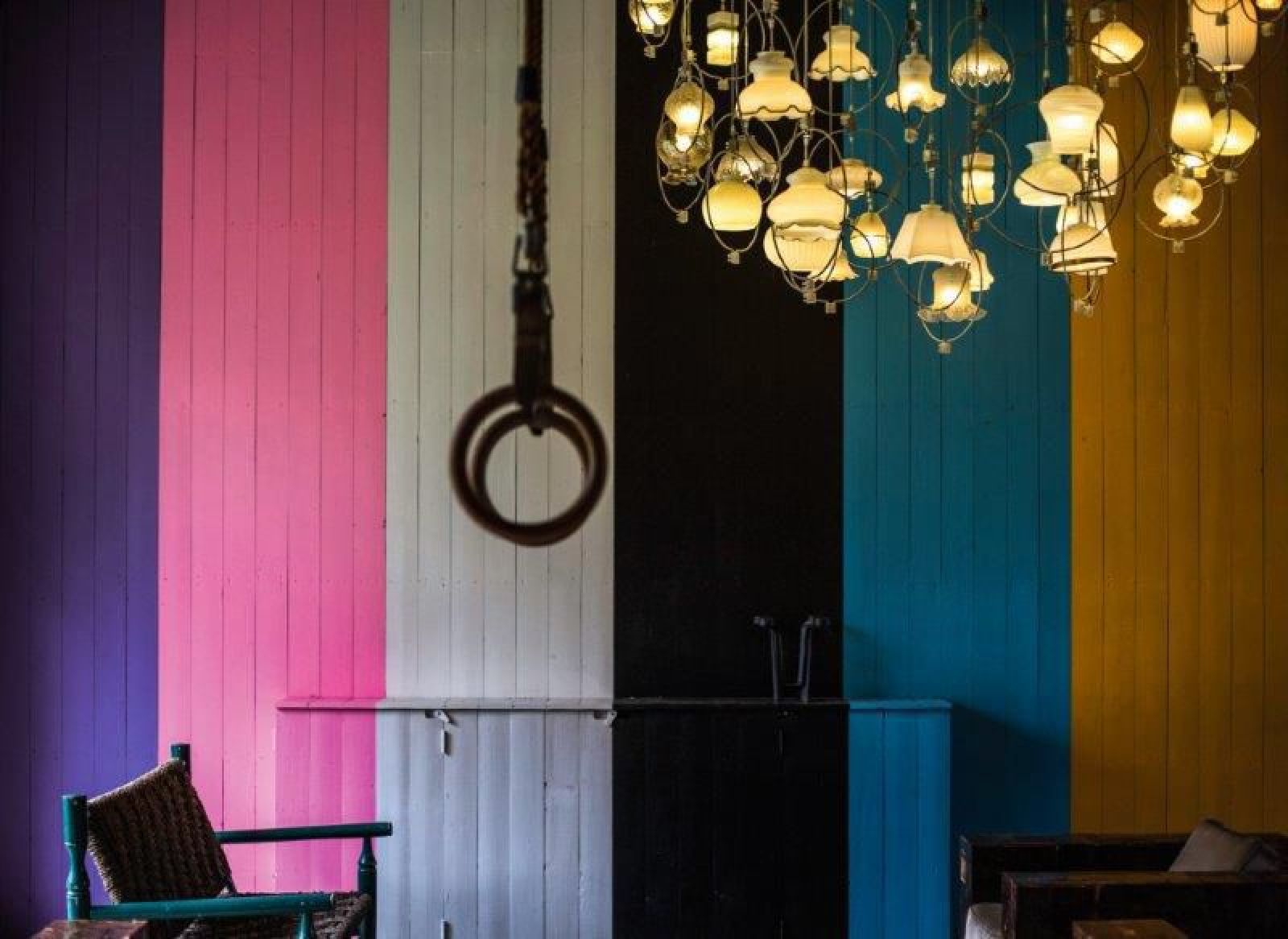The Logic of the Situation
For the architectural and constructional side of projects, I’ve partnered with Iggie Dekkers, a trained architect I share a mentality with. We’ve secured many architectural commissions, including the renovation of a sixteenth-century property called De Drie Haringen in Deventer, and an industrial monument from the post-war reconstruction period in Rotterdam. Totally different commissions, but in both we first looked for the most logical solution, the one that fit the situation best and that highlighted the special aspects of the building. Near our factory, the RAG building was recently completed: the first building realized by Eek & Dekkers architecture. Soon, some completely new ‘green dwellings’ will be built on the same site on Beeldbuisstraat. The RAG was previously a pumping station and we have transformed it into a small apartment complex. It took us a while to find the right approach, but here, too, the solution was implicit in the situation itself. We’ve divided the large factory building in two and created a beautiful inner street at its centre. This allows the sun to touch the heart of the building and includes the unusual construction with the steel trusses in the experience.




